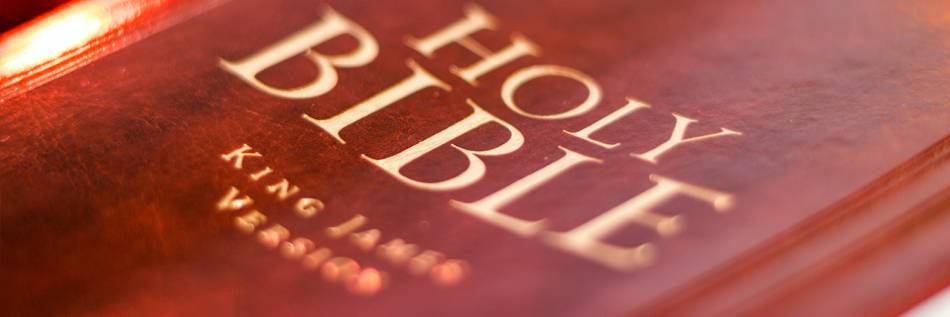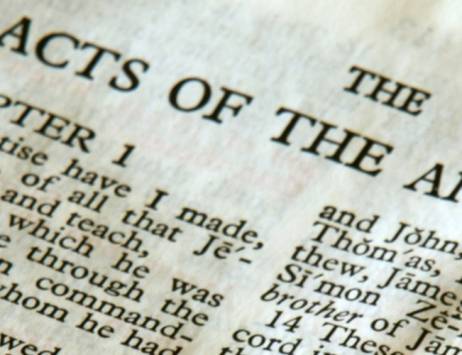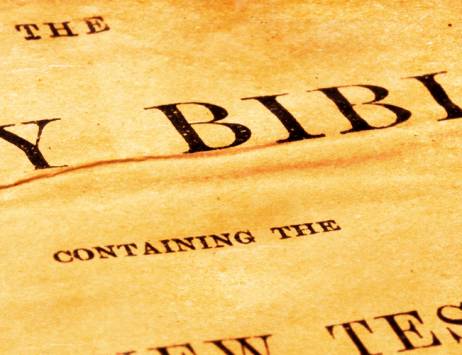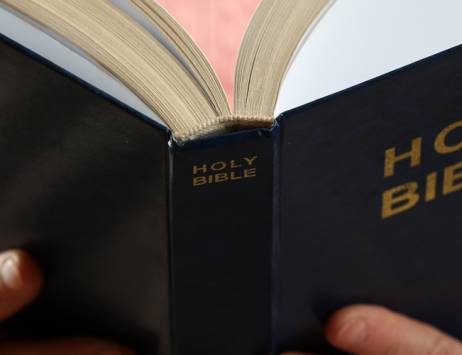To understand why the King James Bible was commissioned, we need to survey the Christian landscape of England at the turn of the seventeenth century.
Three different groups were jockeying for dominance at that time: the Catholic Church, the Church of England, and the Protestants.
The Catholic Church had enjoyed a brief renaissance under the reign of Mary I (1553-1558). The queen persecuted her religious enemies, putting to death many prominent Protestants and forcing others to flee the kingdom. Her oppression sparked a renewed zeal for Catholicism in some quarters and an anti-Catholic outrage in others.
Elizabeth I, Mary’s half-sister, put an end to Mary’s reign. Elizabeth promoted the church established by her father, Henry VIII. The Church of England split the difference between Catholicism and Protestantism. The Church incorporated Protestant elements such as the Book of Common Prayer, but it also kept a hierarchy similar to the Catholic Church. Bishops were in charge of dioceses; priests were in charge of local parishes.
The Protestants vehemently opposed church hierarchy because they saw elitism in its structure. The Bible they used reflected their beliefs. The Geneva Bible had been translated from Hebrew (the Old Testament) and Greek (the New Testament) into English. The translation itself wasn’t controversial, but the Bible’s annotations were. The notes that accompanied the text promoted Calvinist and Puritan theology. They questioned church hierarchy and referred to monarchs as “tyrants.”
In response, the Church of England produced the Bishops’ Bible. Its intent was to counter the Geneva Bible, but, ultimately, it proved unsuccessful. Its scholars made poor choices along the way and failed to produce a gripping translation of God’s Word.
In 1603, in the midst of this controversy, King James VI of Scotland ascended to the throne of England and Ireland and became King James I. Very early in his reign, the king, who was a religious scholar himself, addressed the conflict. He invited representatives and scholars from various factions to a conference at Hampton Court. There, he sought to unite his kingdom by commissioning a new, universally accepted version of the Bible.
His actions seemed to reflect the influence of the Apostle Paul’s words in 1 Corinthians 1:10:
Now I beseech you, brethren, by the name of our Lord Jesus Christ, that ye all speak the same thing, and that there be no divisions among you; but that ye be perfectly joined together in the same mind and in the same judgment.
Yet there is another biblical principle at work in the story of the King James Bible’s origins. In Genesis 50, Joseph confronts his brothers, who fear that he will take revenge on them for selling him into slavery years earlier. Joseph, however, sees the big picture—how God worked through disunity and treachery to accomplish something extraordinary.
“Ye thought evil against me,” Joseph points out to his brothers, “but God meant it unto good.” (see Genesis 50:20)
Likewise, God’s Holy Spirit moved in the midst of the treachery and disunity that preceded the Hampton Court Conference. What was meant for temporary political gain became something of eternal spiritual value. From the chaos of competing factions and questionable agendas emerged the King James Bible.
###
Standing apart from all other KJV study Bibles on the market, the King James Study Bible, Full Color Edition is the only Bible featuring extensive commentary, doctrinal notes, archaeological insights, and time-tested study aids developed exclusively for the King James Version. Now available with stunning full color designs, Holy Land images, classic works of art, charts, and maps, the King James Study Bible, Full Color Edition guides you through the vivid beauty and authority of God’s Word as you grow in your biblical knowledge.






1 reply on “How Did We Get the King James Bible?”
Thank y’all for sharing